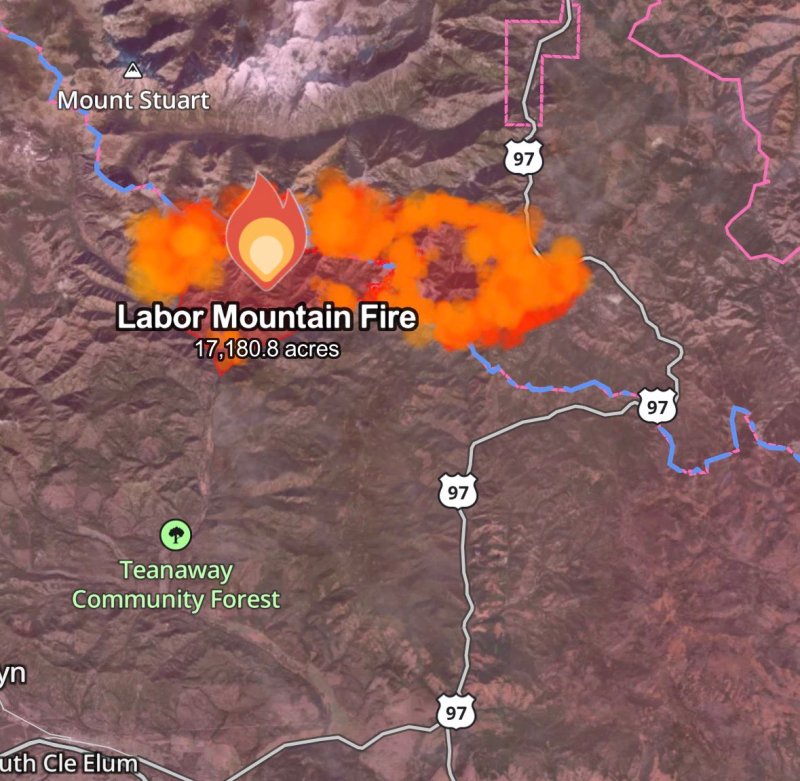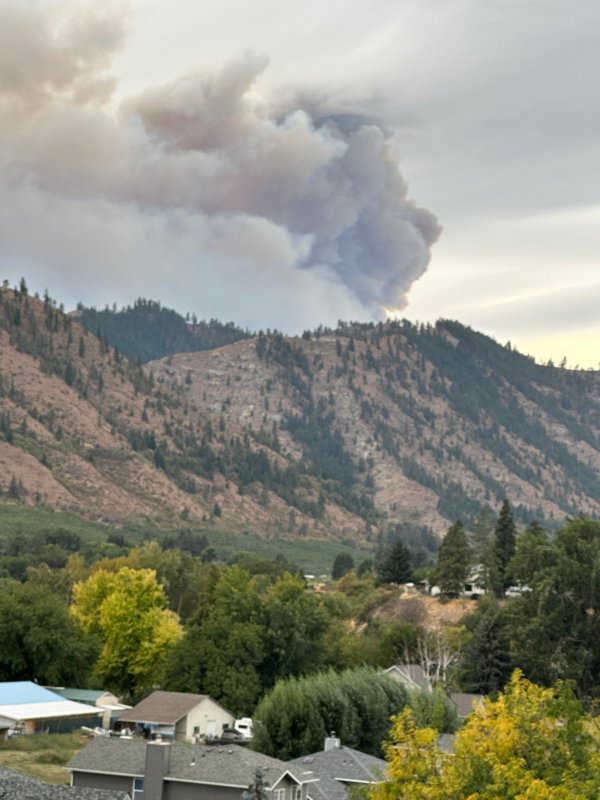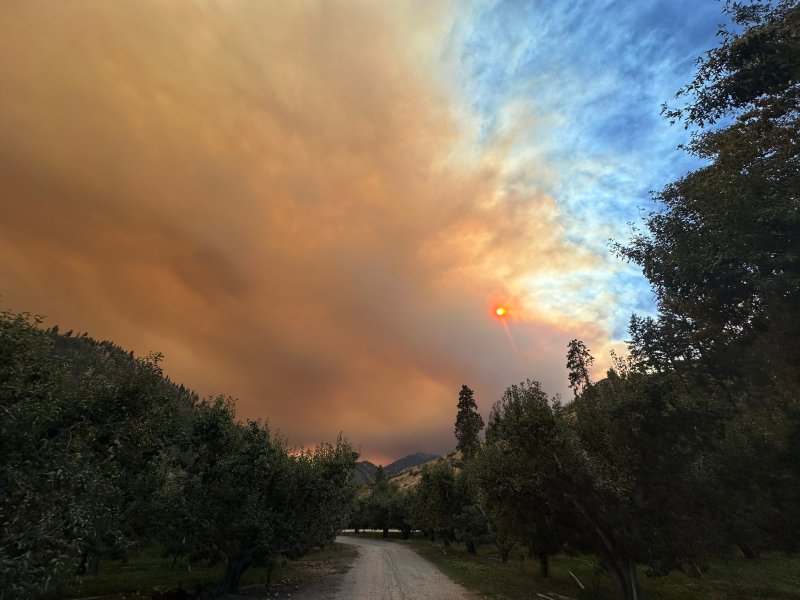
As the water year ends, Washington State is in crisis—faced with historic drought and relentless wildfires. This double blow is taking a heavy toll on communities, landscapes, and resources.

Unprecedented Drought and Water Shortages
- 100% of Washington is gripped by drought.
- 25.3% of the state is experiencing Extreme Drought (D3).
- Much of western Washington faces a precipitation deficit over 10 inches since last October; some spots are over 20 inches below normal.
Seattle’s Rainfall: Fifth Driest Since 1945
On September 18th, NOAA/NWS posted Seattle’s yearly rainfall through today—making it the 5th driest on record since 1945:
- 13.35″ (1985)
- 13.82″ (1973)
- 14.67″ (2023)
- 15.09″ (1979)
- 15.57″ (2025)
This puts 2025 in the top 5 driest years, underscoring just how severe the current drought is.
Wildfires: Fast, Aggressive, and Widespread

To date, nearly 139,000 acres have burned across Washington, with significant blazes like Lower Sugarloaf, Rattlesnake, and Bear Gulch. Labor Mountain Fire grew explosively—7,000 acres in days—while persistent dryness and strong winds keep new starts coming. Smoke has blanketed central and western counties, pushing air quality into dangerous zones for countless residents.


Health and Air Quality Risks Surging
Counties under Air Quality Alerts include Chelan, Douglas, and Okanogan. Numerous Washington towns have recorded “Unhealthy” air quality, and sensitive groups are urged to stay indoors and monitor symptoms. Even the Seattle metro has seen poor air, a dramatic shift from its typically moist climate.


What’s Next?
Unfortunately, no major relief is expected soon. Rainfall outlooks remain bleak, and continued dry soils plus active fires mean the emergency will likely stretch further into fall.
Bottom Line:
Washington’s water crisis is now among the worst in modern history, undermined by extreme drought, top-5 record dry rainfall for Seattle, and wildfires that show no sign of slowing. Immediate action—water conservation, fire response, and health safety—is critical to help the state weather this ongoing disaster.
Sources: NOAA/NWS, Columbia Basin Herald Fire Report, Washington Smoke Blog, Drought.gov, NWS Seattle
